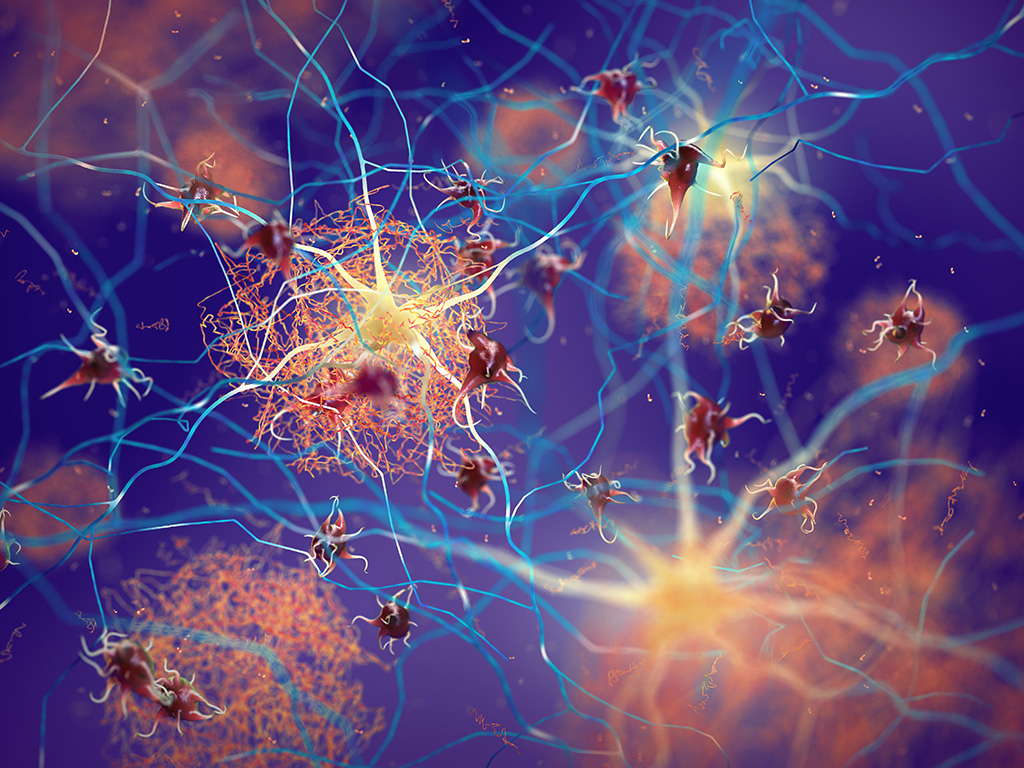Diet may contribute to development of Alzheimer’s disease, according to new NIH-funded study

Cholesterol tremendously increases the toxicity of a peptide implicated in Alzheimer’s progression, according to research by scientists in the Department of Biochemistry and Biophysics in Texas A&M’s College of Agriculture and Life Sciences.
The study, “Lipids uniquely alter the secondary structure and toxicity of amyloid beta 1-42 aggregates,” by Assistant Professor Dmitry Kurouski and research assistants Kiryl Zhaliazka and Mikhail Matyeyenka, was supported by a $1.5 million Maximizing Investigators’ Research Award from the National Institutes of Health. It was published in FEBS Journal — the journal of the Federation of European Biochemical Societies.
“The study found that certain lipids can increase the toxicity of amyloid beta peptides, which are thought to play a role in the development of Alzheimer’s disease,” said Kurouski, principal investigator for the study, Bryan-College Station. “Specifically, we discovered that the interaction between amyloid beta and lipids can cause the formation of small, toxic clusters called oligomers.”
Additionally, the study showed these lipids can alter the basic shape, or the secondary structure, of amyloid beta peptides, which can further increase their toxicity.
“This provides new insights into the mechanisms behind the toxic effects of amyloid beta in the brain,” Kurouski said.
He said the results of the study show a strong connection between Alzheimer’s disease and the change in the lipid composition of neuronal membranes, which, in turn, can be affected by a person’s diet.
Alzheimer’s disease causes the brain to shrink and brain cells to eventually die. It is the most common cause of dementia — a gradual decline in memory, thinking, behavior and social skills — affecting a person’s overall ability to function.
Alzheimer’s is characterized by protein fragments called amyloid beta, which deposit in the spaces between nerve cells. These protein fragments can clump together to form amyloid plaques thought to be a factor in the onset of senility.
“While the precise mechanisms underlying Alzheimer’s disease are not fully understood, there is evidence to suggest that the buildup of amyloid beta peptides in the brain plays a role in the development of the disease,” Kurouski said. “Specifically, it is thought that the aggregation of amyloid beta into plaques can disrupt communication between neurons and ultimately lead to cell death.”
He said the relationship between amyloid beta plaques and Alzheimer’s disease is complex, and other factors such as inflammation and the accumulation of another protein called tau are also thought to be involved.
“Amyloid peptides, including amyloid beta, are known to interact with lipids in the brain,” Kurouski said. “These interactions can play a role in the formation of amyloid plaques and the pathology of Alzheimer’s disease.”
While not all amyloid peptides necessarily interact with lipids in the brain, the study found the oligomers formed in the presence of lipids were more toxic than other forms of amyloid beta.
“This suggests the interaction may be particularly important in regard to the harmful effects of amyloid beta in Alzheimer’s disease,” he said.

